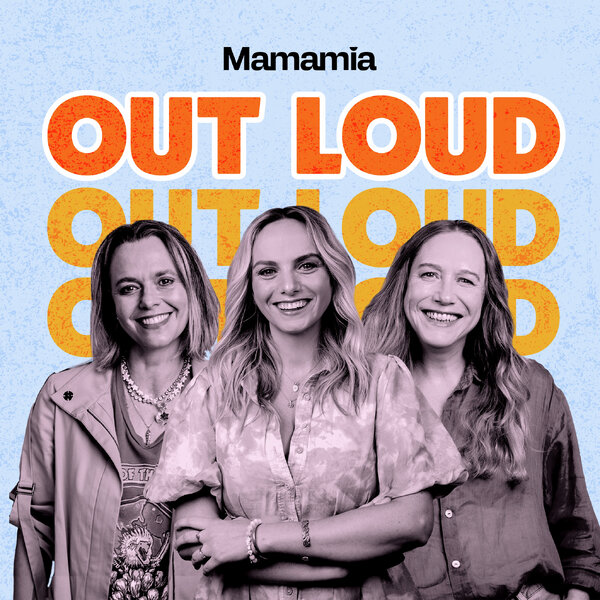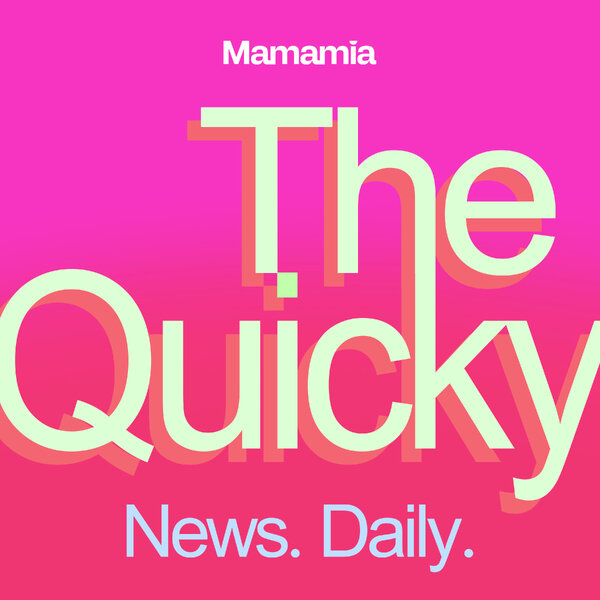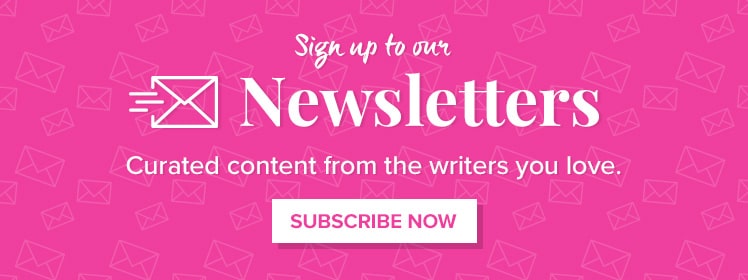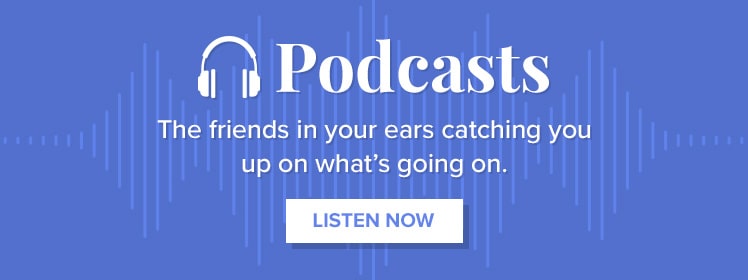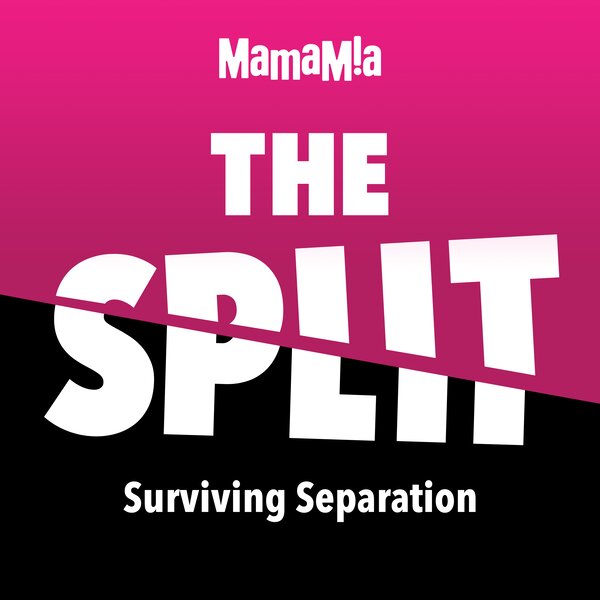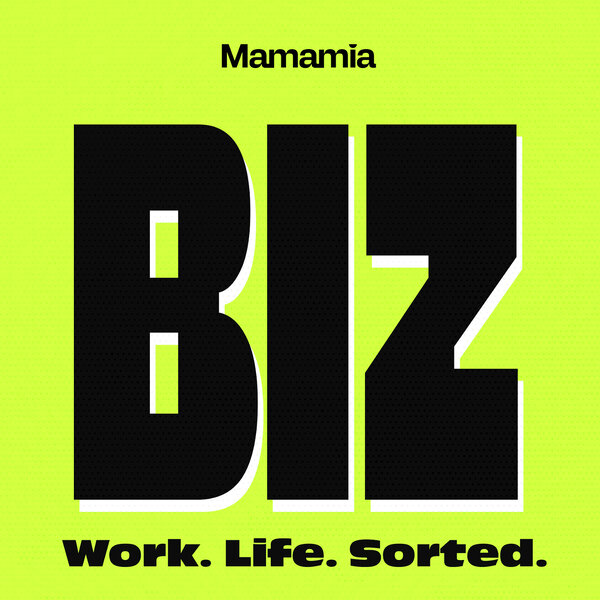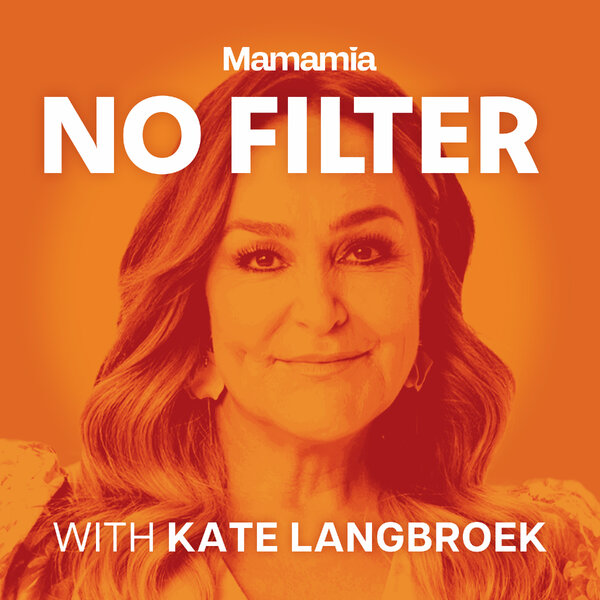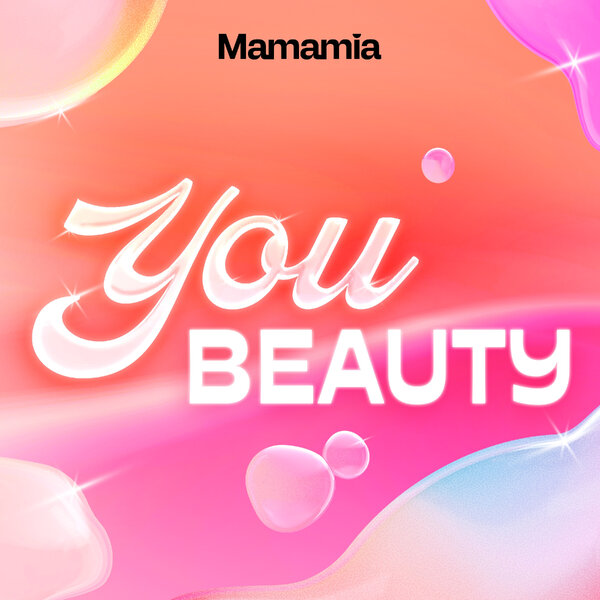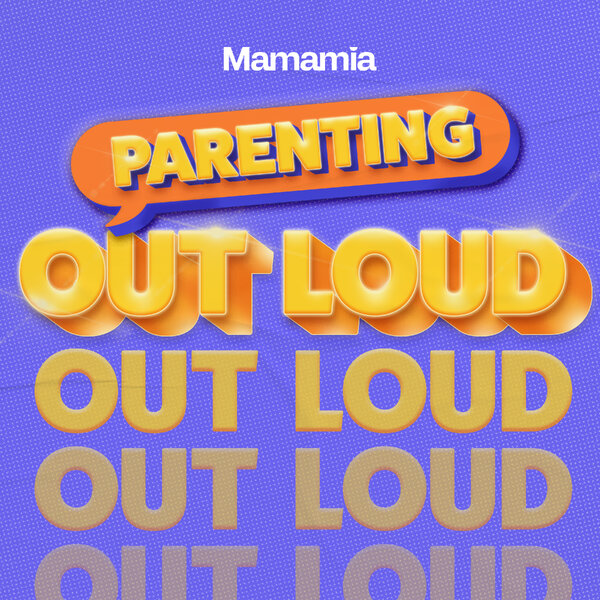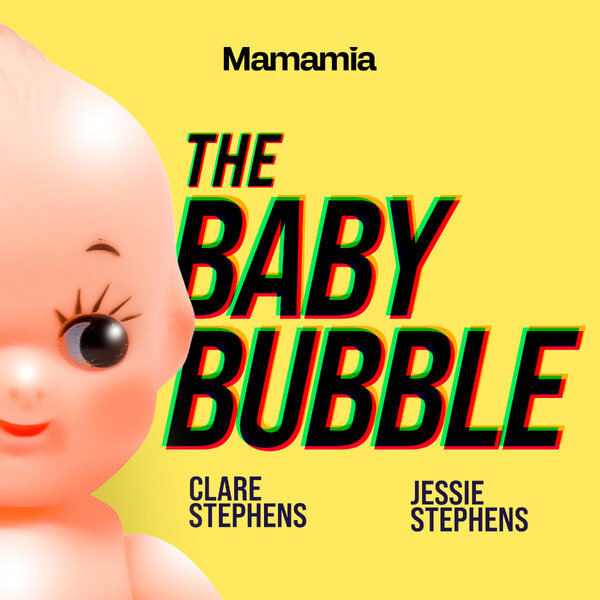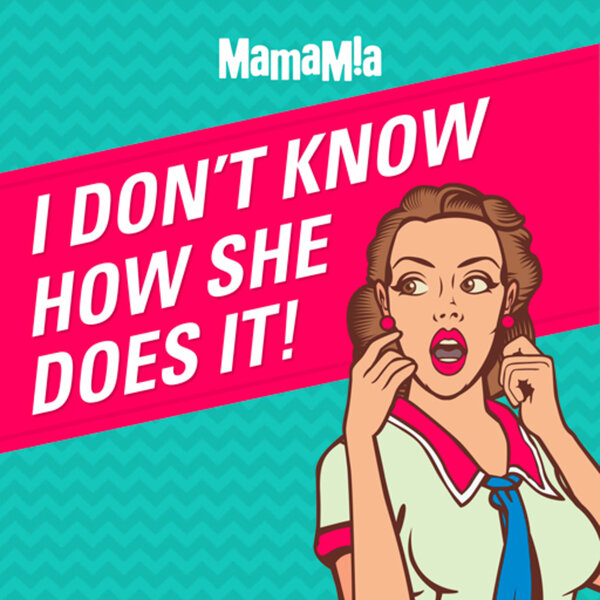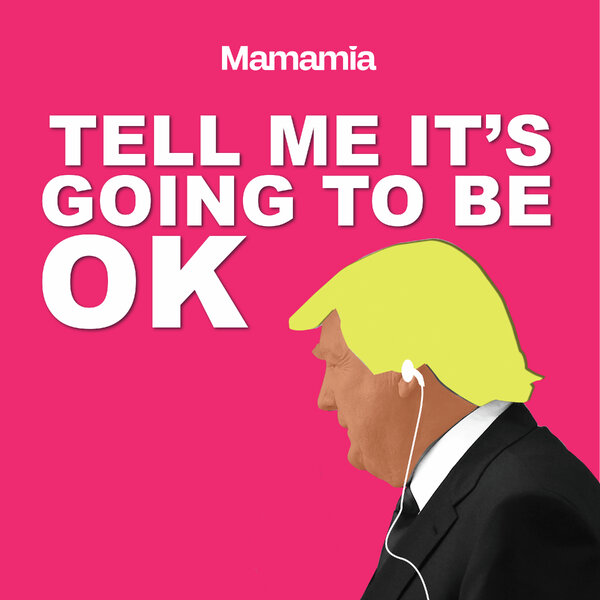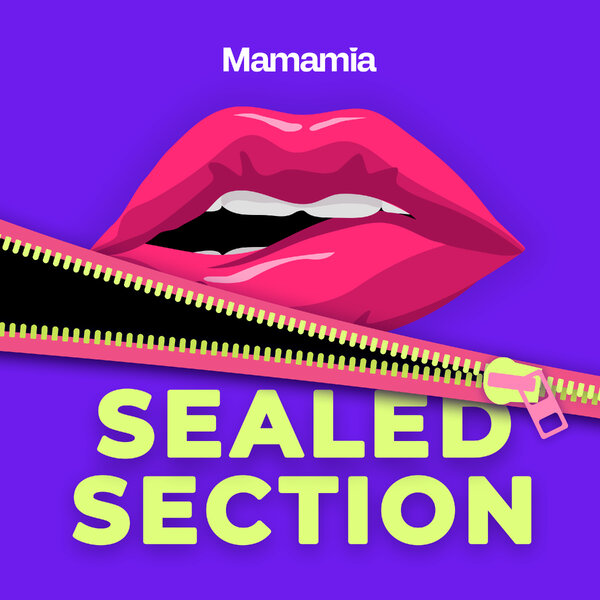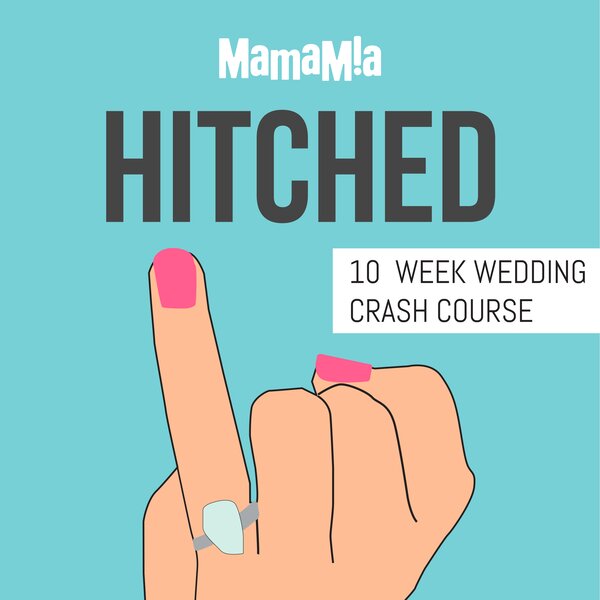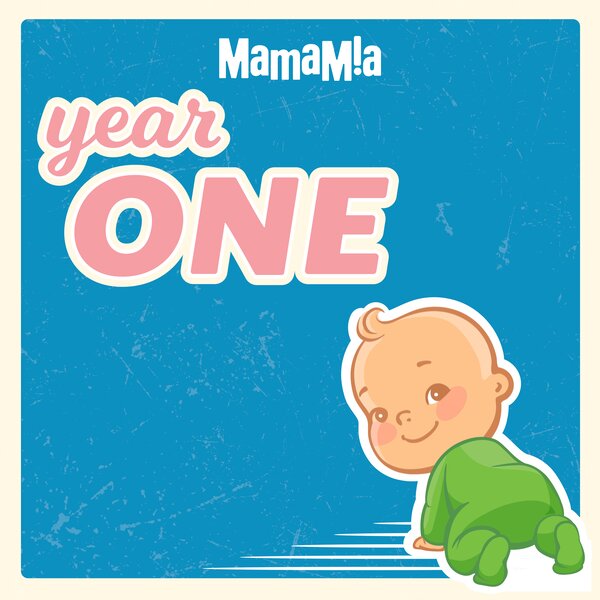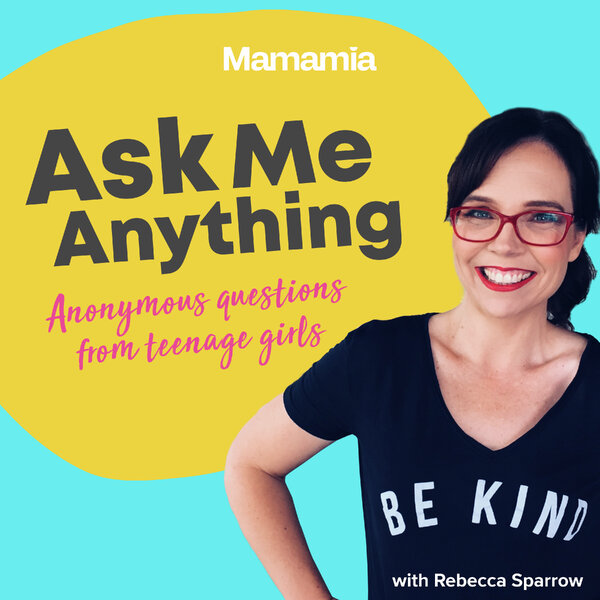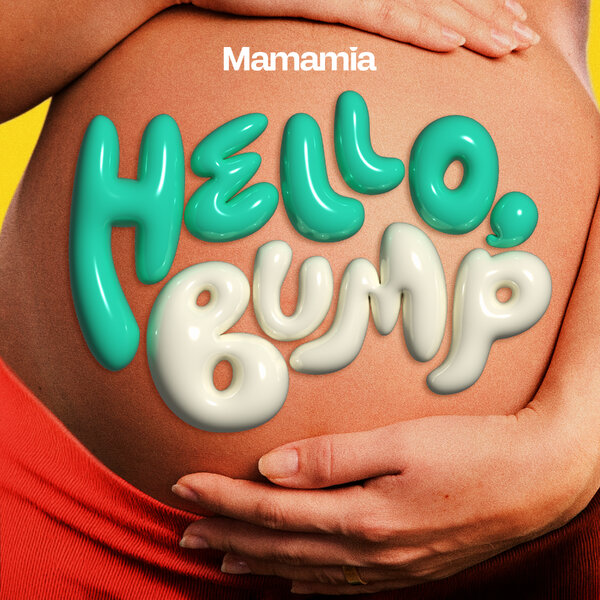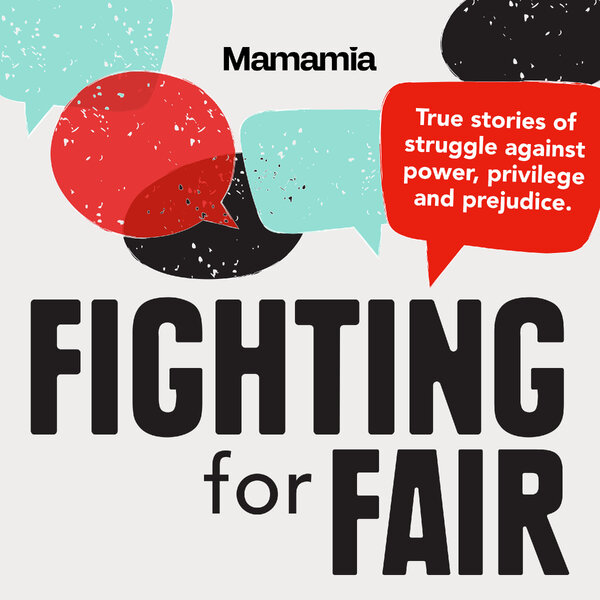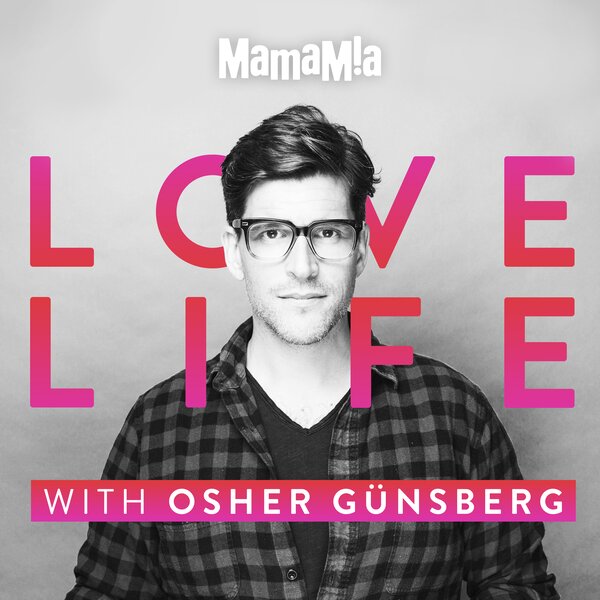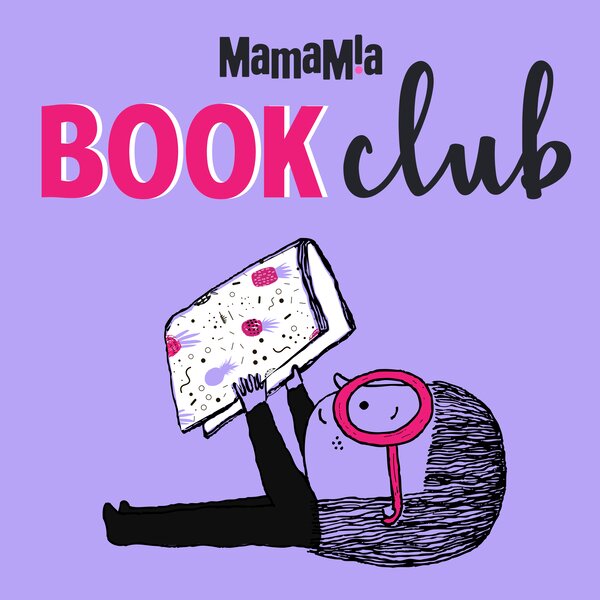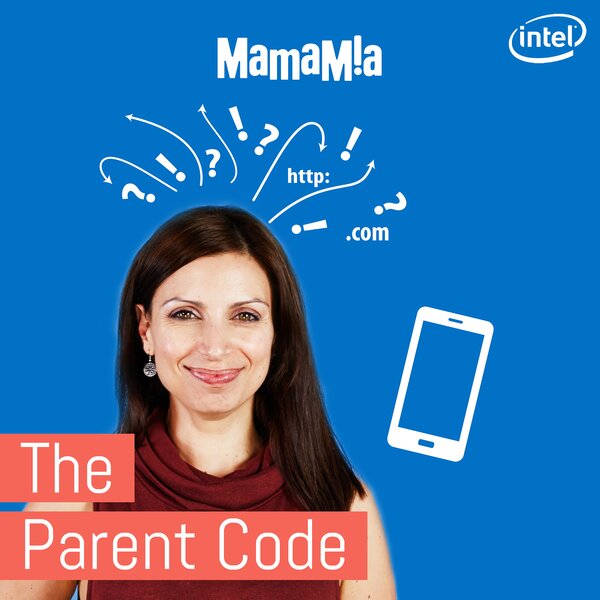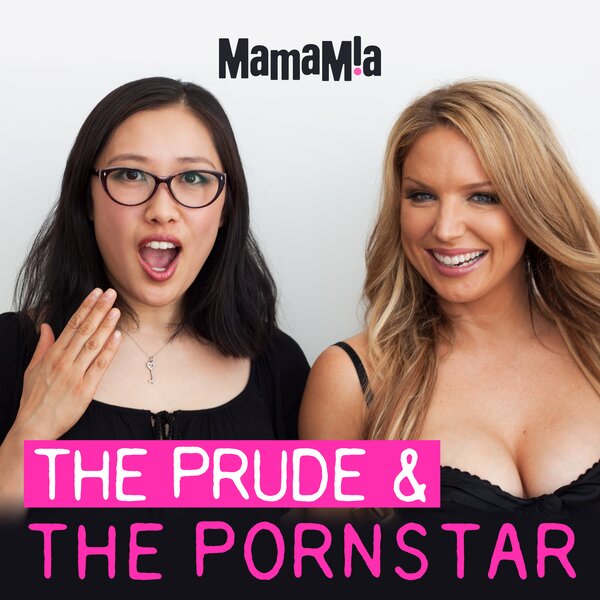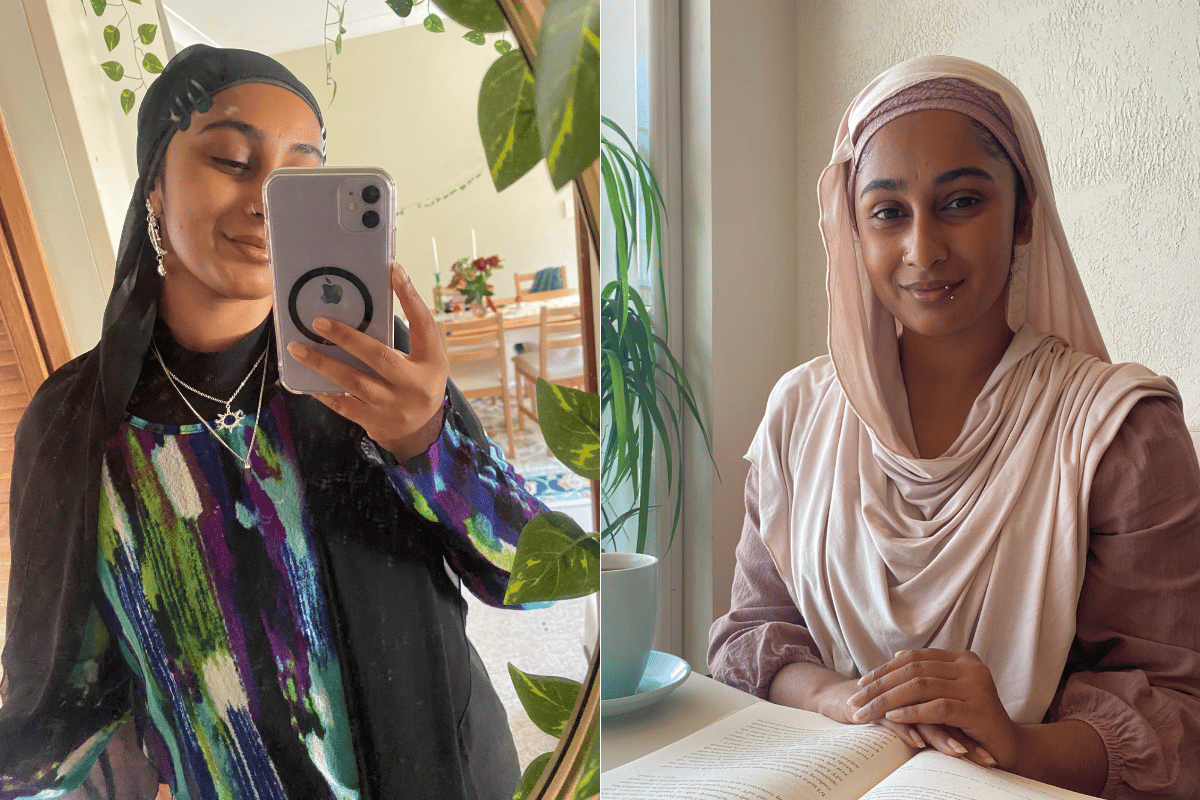
Everybody wants to be stylish, but have you ever considered what would happen if you weren't? If you just threw on a random outfit and went to the shops, what's the worst that would happen? An unflattering photo, maybe a run-in with an ex?
In a world where the way we dress is heavily politicised, the pressure to be fashionable (read: palatable) as a Muslim girl in Australia is real.
From hijab and burqa bans in Europe, to forced hijabs in other countries, it seems that everywhere we go, there are people trying to police our bodies, faith and self-expression — and, at least for me, the result is having to prove that wearing a hijab doesn't make me less of a person.
Watch: Susan Carland talks about wearing the hijab with Mia Freedman on the No Filter podcast. Post continues below.
As a hijabi, dressing casually or unfashionably comes with a lot more baggage thanks to certain stereotypes about us. At best, people might make a snap judgment that you're either conservative, foreign, or, dare I say it, oppressed. At worst, they might let you know exactly what they think about you and your choice to be covered.
